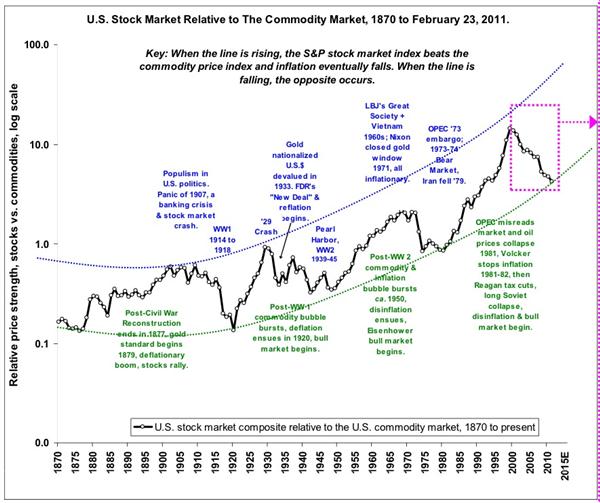If you size up this stock market, the Dow Jones Industrial Average (INDU) is up 12.9%, while the S&P 500 Index (SPX) has advanced 11.8% and the Nasdaq Composite Index is up about 6.6% year-to-date as of June 1.
With all major states in the country set to open with far fewer restrictions by the end of July, Federal Reserve Chairman Jerome Powell and Treasury Secretary Janet Yellen have fully embraced the idea that inflationary pressures are transitory.
Moreover, the immediate- and long-term policy priority will in my view be focused on employment growth.
Inflation Skeptics
Inflation hawks are more worried. They see pricing pressures across a range of commodities, big-ticket appliances and semiconductor chips. As a result, they question the assumption that the pricing pressure is transitory.
On the employment front, the most recent job report was a huge disappointment in terms of the number of jobs created.
In my opinion, the idea that federal and state governments are paying citizens in pandemic policy benefits more than their typical wage rate is a bad incentive system. Indeed, some states have stopped paying benefits to those who aren’t actively seeking employment.
With the federal payment program running through the summer, citizens will remain full of cash.
Transitory Inflation?
Many believe the inflationary pressures are a result of breakdowns in the global supply chain, and as those get resolved, price pressures will abate. Clearly, government leaders fall into this camp, hence the party line of ‘transitory inflation.’
In the financial markets, the recent volatility of the cryptocurrency asset class is keeping regulators across the globe highly aware of its enormous public attention.
Knowing the first question out of anyone’s mouth is going to be about Bitcoin, government officials are highly motivated to work on their own form of government authorized digital assets.
The first working paper on the digital dollar effort is expected some time this summer.
Digital Yuan
In my view, that’s something for all investors to pay attention to, especially with China’s efforts already underway with a digital yuan.
On the equity side, with earnings coming in strong, corporate mergers and initial public offerings look healthy throughout the summer.
The boom in SPACs, short for special purpose acquisition companies, has cooled, thanks to new accounting requirements.
Takeaway
As for equities, barring any unexpected surprises, in my opinion interest rates are unlikely to move up anytime soon, and summer volumes probably will trend lower as they historically do.
Of course, the big caveats are the direction of the dollar and inflation. In my view, markets are buying the transitory inflation story for the moment, whether that continues is an entirely separate matter.
Photo Credit: Ken Teegarden via Flickr Creative Commons
Disclosure: This piece is provided as educational information only and is not intended to provide investment or other advice. This material is not to be construed as a recommendation or solicitation to buy or sell any security, financial product, instrument, or to participate in any particular trading strategy.
The Dow Jones Industrial Average, Dow Jones, or simply the Dow, is a stock market index that measures the stock performance of 30 large companies listed on stock exchanges in the United States. The Standard and Poor’s 500, or simply the S&P 500, is a free-float weighted measurement stock market index of 500 of the largest companies listed on stock exchanges in the United States. It is one of the most commonly followed equity indices. The Nasdaq Composite is a stock market index that includes almost all stocks listed on the Nasdaq stock Exchange. Along with the Dow Jones Industrial Average and S&P 500, it is one of the three most-followed stock market indices in the United States. Investors can’t invest directly in indexes.




